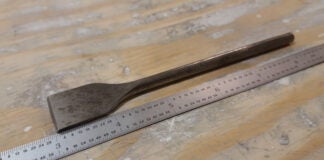No, it’s not experimental – but it is a little different. It’s not often I find a J-3 Cub with a 100 horse C-85 (They tell me its got an O-200 crank and cylinders – that certainly makes it “different” on the nose. And with floats to boot! Today’s entry isn’t about the airplane so much as it is about broadening horizons – something that is good for all of us as pilots and builders.
It’s been over a year since I added anything to my license to fly, and something I have never had a chance to do is to add a Seaplane entry to my ratings. Just think of all those airplanes in the experimental category that I am missing out on – SeaReys, Coots, Ospreys, and Shearwaters – not to mention the multitude of land planes that can be turned into seaplanes by strapping on a pair of floats! Yes, there is a big, wet world out there – you’d think a guy from Minnesota would have done this a long time ago.
Flying out of Jack Brown’s Seaplane Base in Winterhaven, Florida, we spent a lovely day dipping into the many lakes that make up this central Florida region. I frankly lost count of all the landings we made – hopping from location to location and using various techniques, it was just too enjoyable to keep track. This legendary base offers a two-day course to add “SES” to your rating – and it is a great way to expand the skill base and stretch yourself once in awhile. Exercising the brain and muscles to create new memories keeps things flexible, as well as enhancing the scope of what we can do.
The same thing is true in the shop. Contemplating another project? Maybe if you built in aluminum the last time, you want to try tube and fabric the next time around? Or wood. Have you ever dreamed of the quiet of working with strips of wood and a pot of glue? I have – and looking at the wooden spars of the J3 this morning made me think of it again. Stretching one’s capabilities as a builder makes you more versatile and learning can be satisfying.














